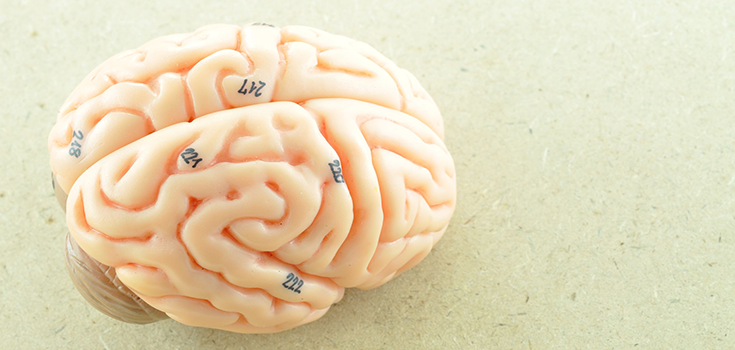Scientists Claim to Have Created 99% of a Human Brain
Scientists Claim to Have Created 99% of a Human Brain
Are man-made hearts next?
Scientists have figured out how to grow a human brain in a lab. Well, almost. [1]
The creation is that of scientists from Ohio State University. The team hopes that one day their feat will help researchers learn more about neurological disease.
The miniature brain, which is not conscious, resembles that of a five-week-old fetus’ – about the size of a pencil eraser . The organ was made from adult human skin cells and is the most complete human brain model ever developed. Rene Anand of OSU presented the work Aug. 18 at the Military Health System Research Symposium in Fort Lauderdale, Florida.
Anand told the audience that the tiny brain could potentially be useful for scientists who want to research the progression of diseases such as Alzheimer’s and Parkinson’s, since the regions they affect are functional during the early stages of development.
Previous attempts at creating whole brains have resulted in mini-organs resembling those of nine-week-old fetuses. The “cerebral organoids” were incomplete and only contained certain aspects of the brain. “We have grown the entire brain from the get-go,” said Anand.
“If we let it go to 16 or 20 weeks, that might complete it, filling in that 1 percent of missing genes,” Anand added. “We don’t know yet.” [2]
According to Anand and his colleagues, they’ve been able to produce 99% of the brain’s diverse cell types and genes. The brain even contains a spinal cord, signaling circuitry and a retina. The researchers were not concerned with ethical issues, because there are no sensory stimuli entering the brain, meaning it is not thinking at all.
Anand said the brain was created by converting adult skin cells into pluripotent cells, which are stem cells that can be programmed to become any tissue in the body. These cells were then grown in a specialized environment that “persuaded” the stem cells to grow into the many different components of the brain and central nervous system.
The whole process took about 12 weeks. In order to develop the manmade brain even further, a network of blood vessels would be necessary, and the team has not yet determined how to create such a complex setup. Anand said the team would need to create an artificial heart to help the brain grow further in development.
Read:
Anand is keeping certain information about the experiment under wraps for the time-being, due to a pending patent on the technique. Anand and colleague Susan Kay created an Ohio-based startup earlier this year with the intention of commercializing the brain organoid platform.
Quite a few scientists are rather alarmed that Arnand released information to the press without submitting the data for peer review, including Zameel Cader, a consultant neurologist at the John Radcliffe Hospital, Oxford. Cader says it’s impossible to judge the impact of the work due to the lack of information provided to scientists.
“When someone makes such an extraordinary claim as this, you have to be cautious until they are willing to reveal their data.”
Anand said that someday, people who have an inherited gene could submit a sample of skin cells to the team, which would then use the cells to create a brain and then “ask what’s going on.” He also said that creating brains in the lab could test the effect of different environmental toxins on the growing brain.
“We can look at the expression of every gene in the human genome at every step of the development process and see how they change with different toxins. Maybe then we’ll be able to say ‘holy cow, this one isn’t good for you.’”
Until that becomes possible, Anand and his colleagues plan to focus on using the brain for military research, to understand the effect of PTSD and traumatic brain injuries.
| About Julie Fidler: | |
| Julie Fidler is a freelance writer, legal blogger, and the author of Adventures in Holy Matrimony: For Better or the Absolute Worst. She lives in Pennsylvania with her husband and two ridiculously spoiled cats. She occasionally pontificates onher blog. | |
Other Popular Stories:
There are no related stories quite yet.

Post a Comment